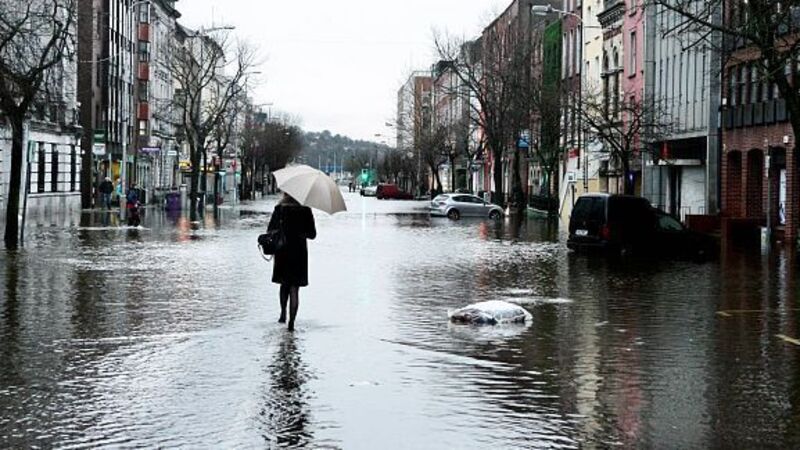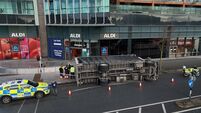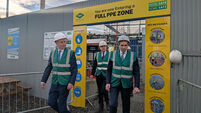Red Cross meetings focus on use of technology to reduce flooding risks

The charity says technology already exists which could be enhanced for widespread use in the next five to 10 years, and investing in it now will prove cost-effective in the face of natural disasters.
The Red Cross is carrying out high-level discussions with governments in a number of countries to address climate change problems and is focusing on anti-flooding pilot initiatives in Dublin, Cork, San Francisco, Seoul, Nairobi and Buenos Aires.
Abi Weaver, director of global technology, said 3D printers had been successfully used in New York to rebuild some piers and flood walls following storm damage and the replacements produced were stronger and cheaper than the original structures.
“Technology has also created smart cars which can float in water. They can be fitted with GPS trackers if they float away. Their exterior may be a bit banged up, but there will be no damage to their engines or their interiors, so they are recoverable,” she said.
The Red Cross says underwater robots could be used to assist search and rescue personnel in dangerous situations and that drones could be deployed to give an aerial view of incidents and transport medicines and other essential items to cut-off communities.
Ms Weaver said people often lose important personal documentation and bank details in disasters and as a result find it hard to get assistance when they most need it.
She said people could provide fingerprints or eye scans to biometric scanners which would secure their information on cloud technology, later allowing them safely download the vital documentation.
John Roche, head of the Irish Red Cross’s national and international services, said insurance companies could also help people develop smart home technology, which would identify rising flood waters and automatically trigger defences in households and businesses.













